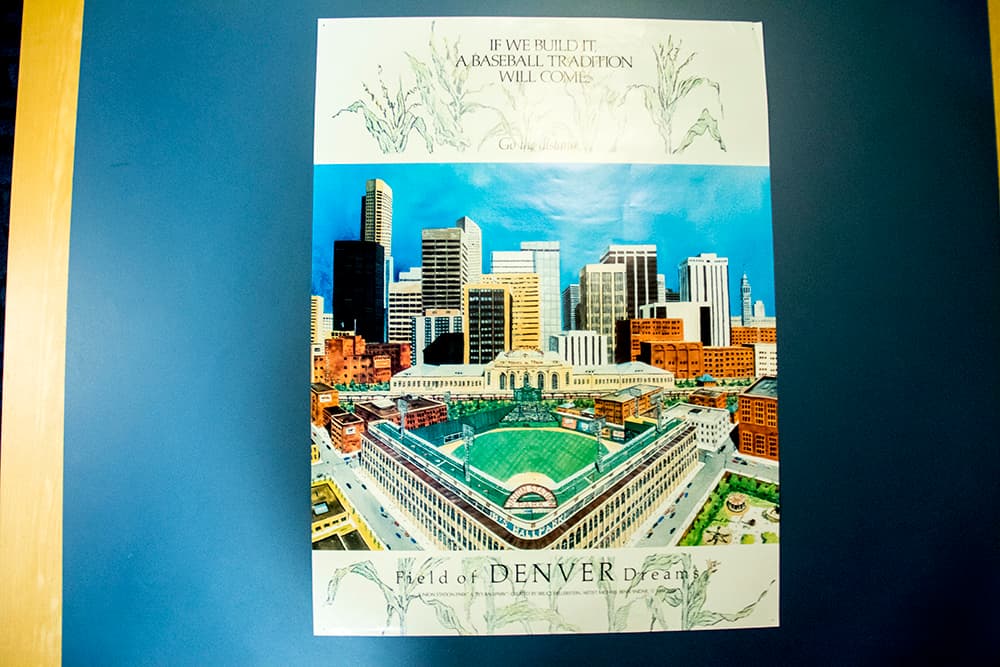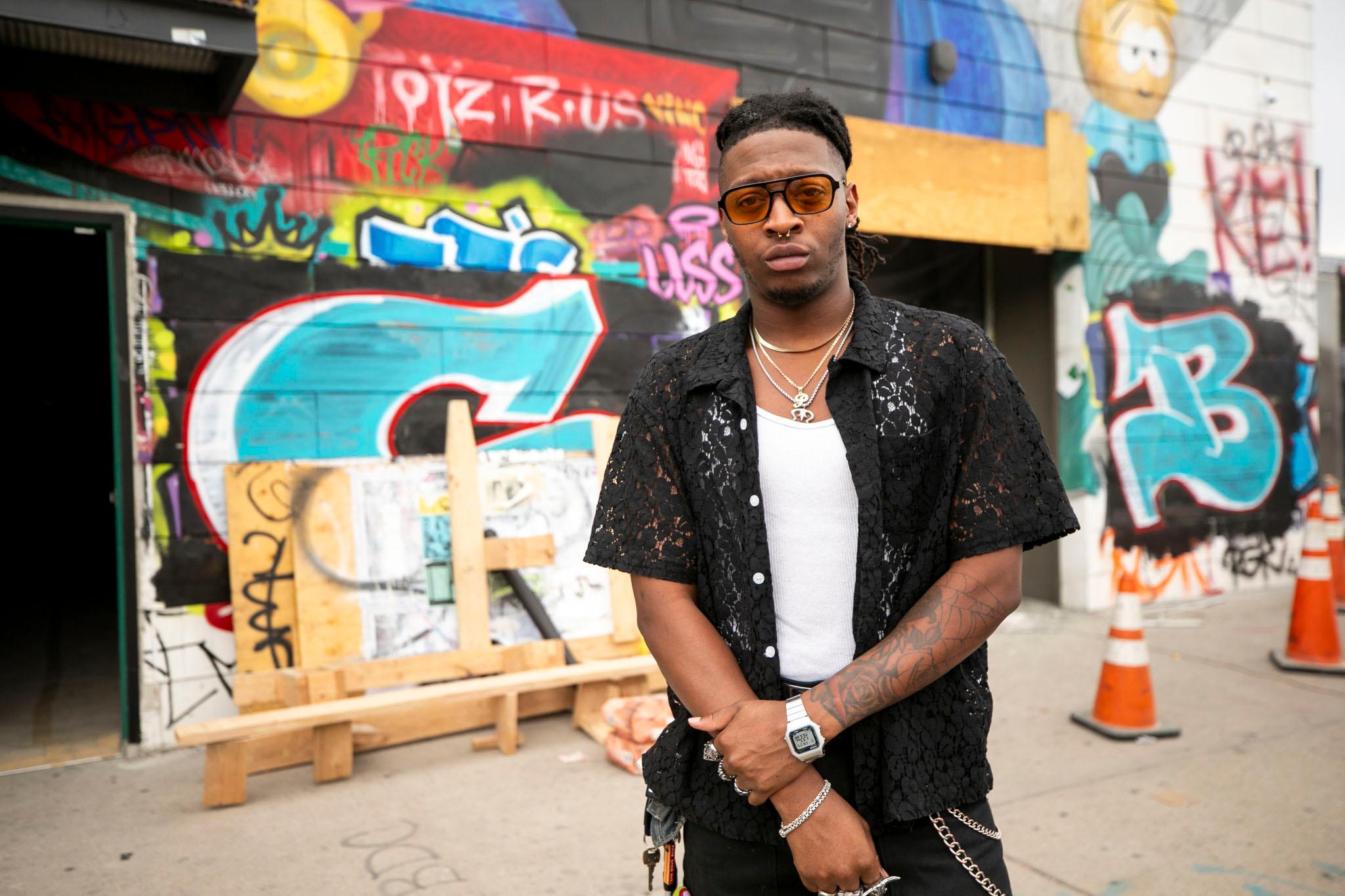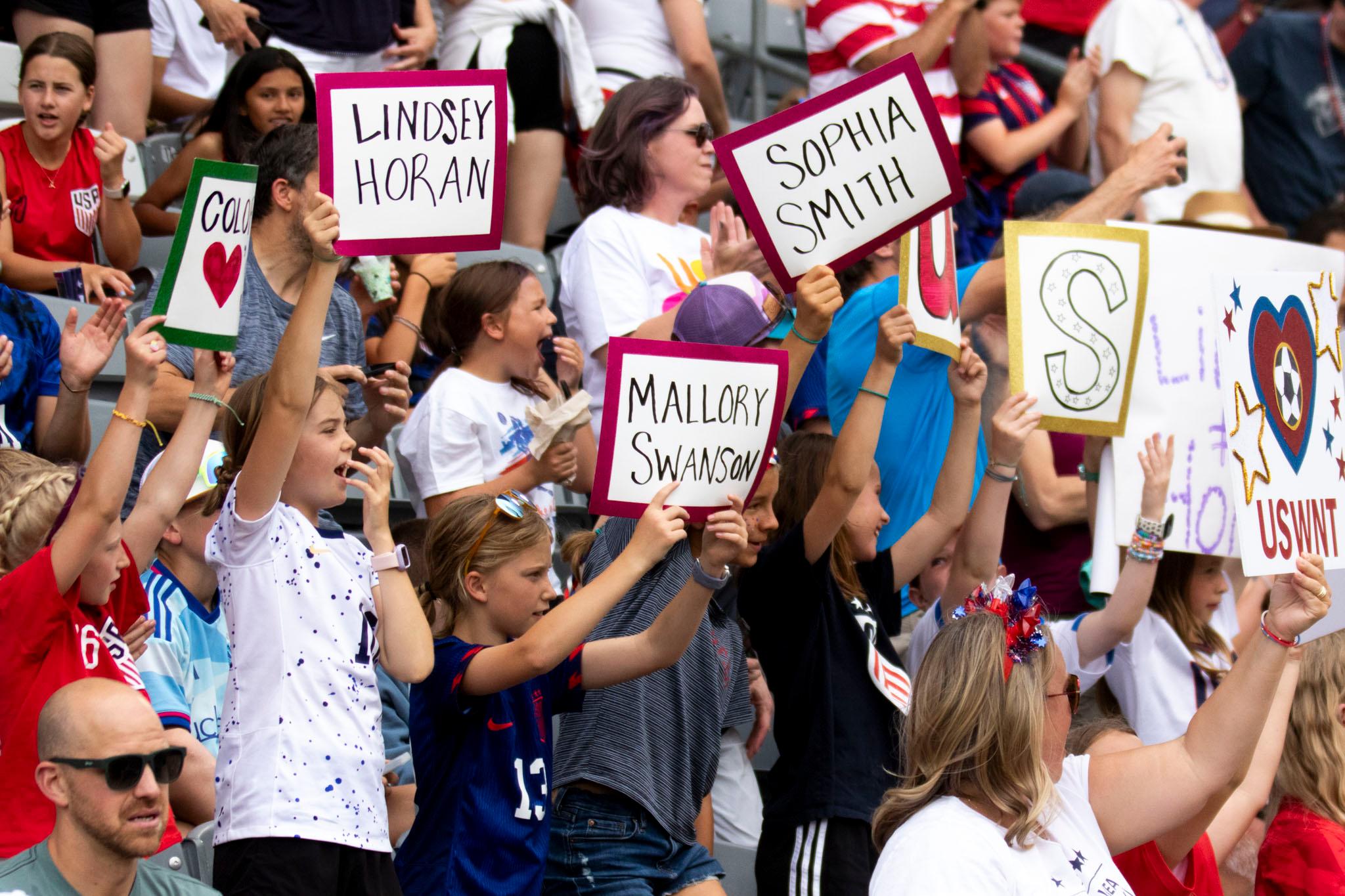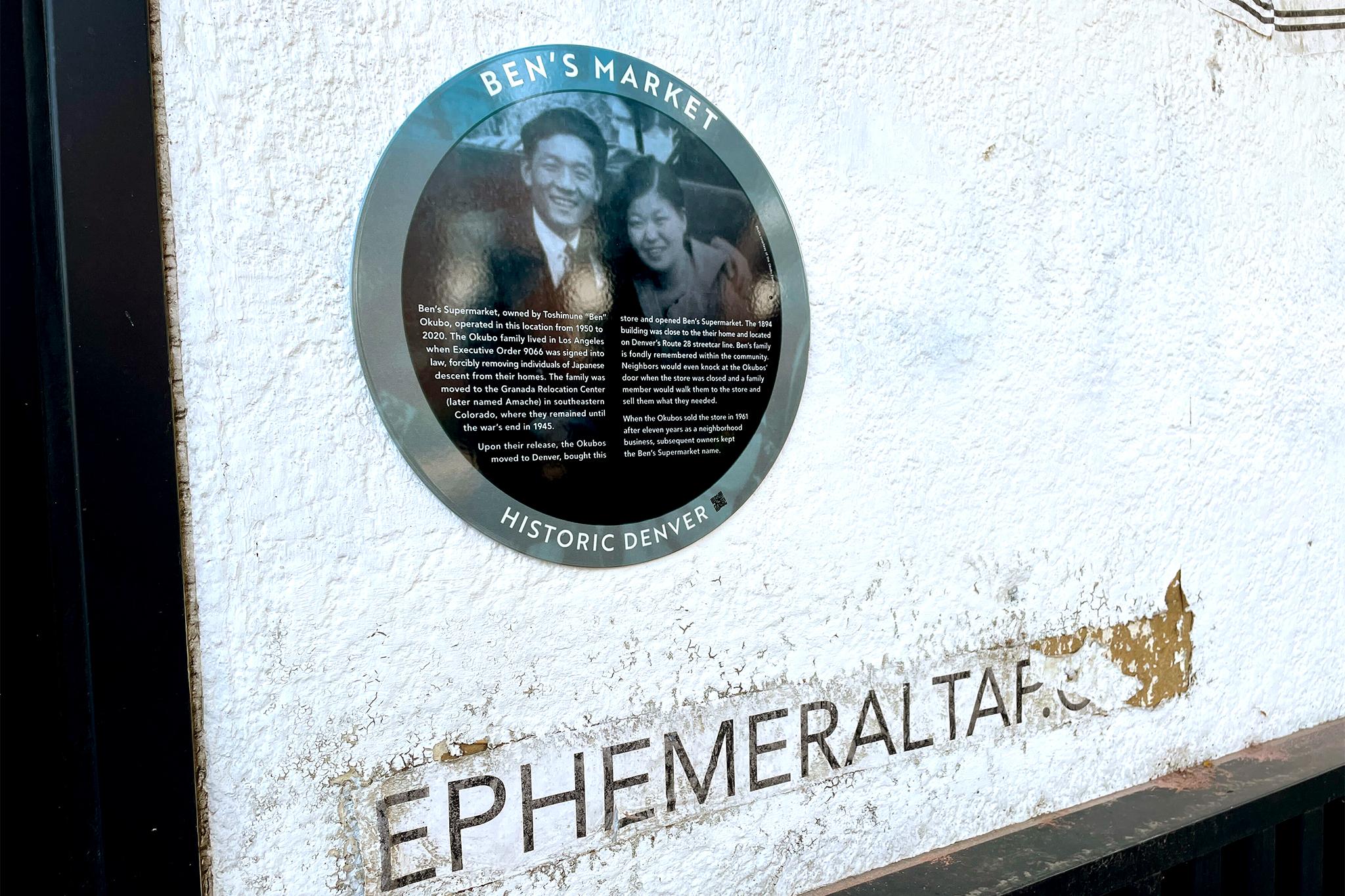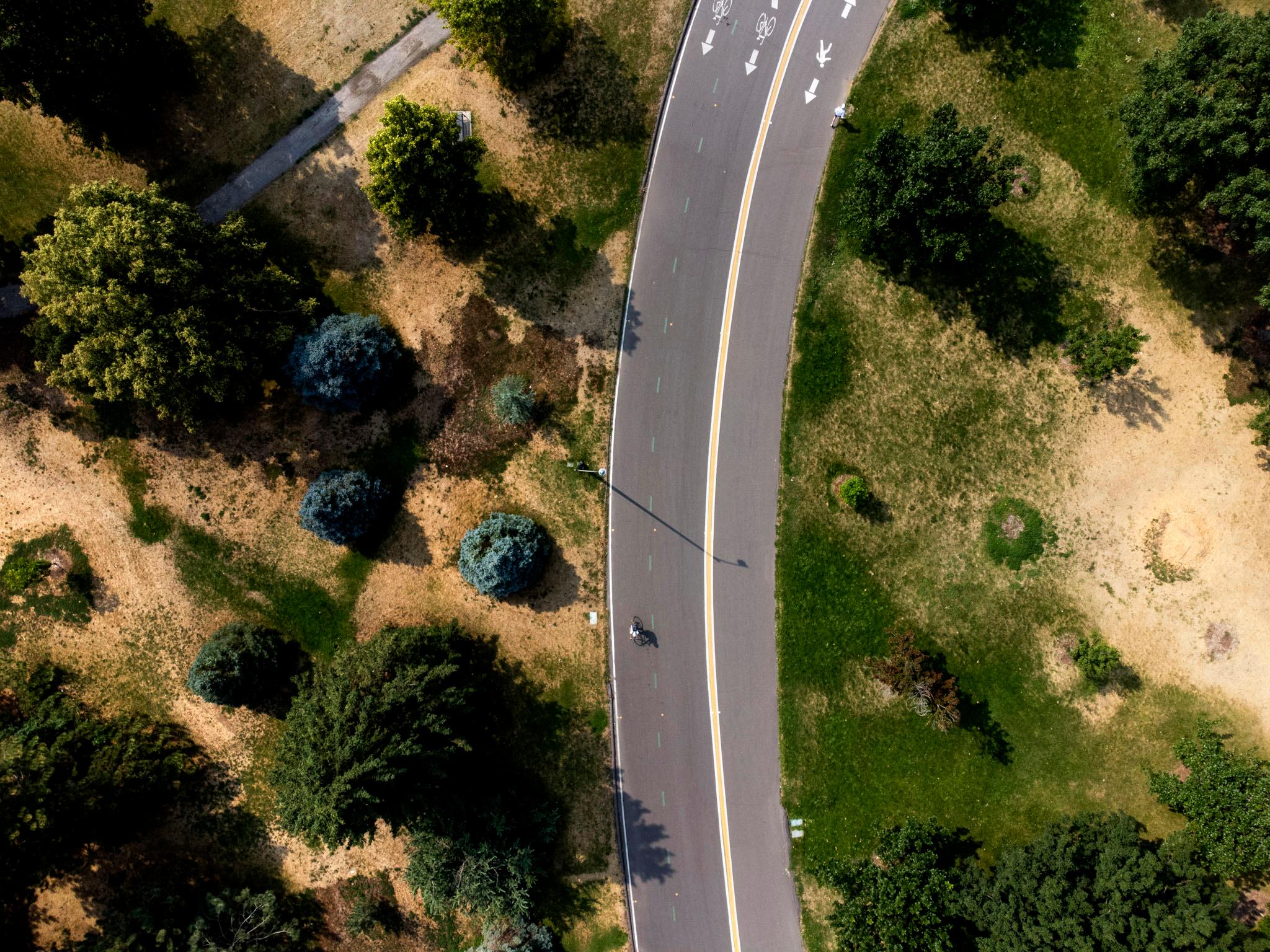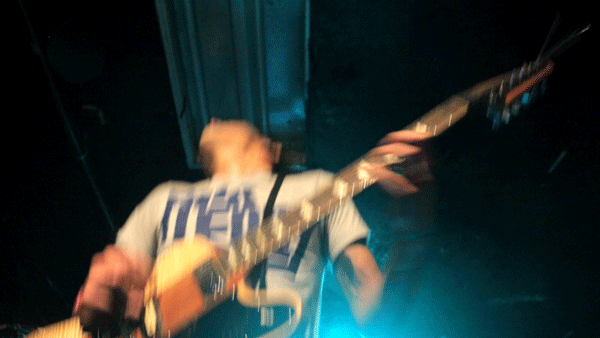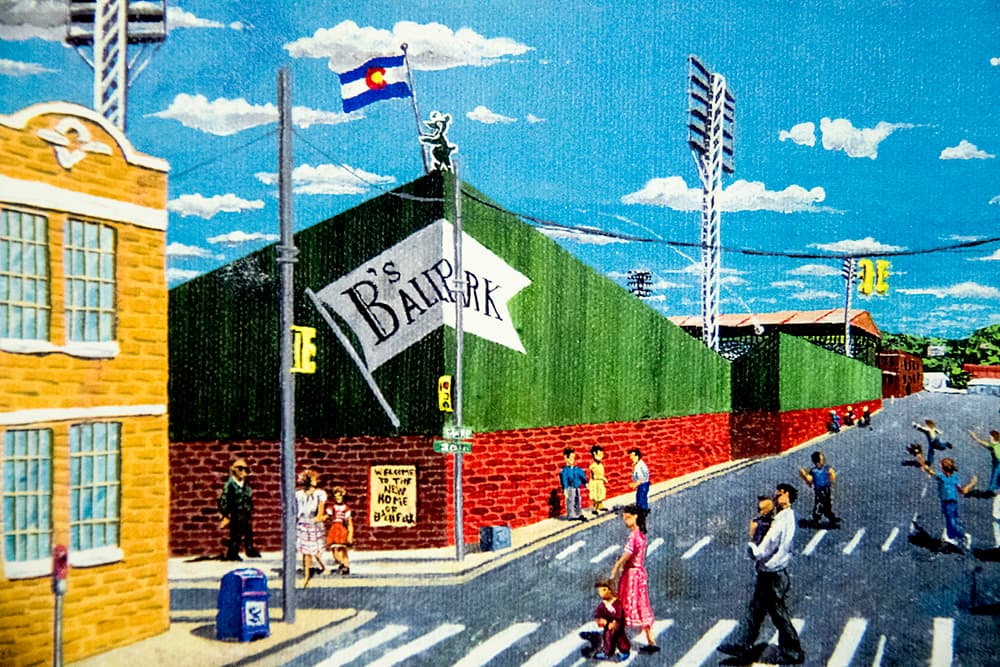
The Ballpark neighborhood could have been a different place without Karle Seydel. Back then, the area was not considered a place to hang out; it was full of aged buildings and pawn shops. When the city voted to build a ball field, they decided it was best to steer clear of the center of town. But Seydel, an urban planner and Denver native, had a vision to revitalize what has become a center of life and conflict in this town.
Seydel must have been a meticulous collector. His archive, which is kept by the Denver Public Library's Western History Collection, is an incredibly complete record of development around the ballpark between 1990 and the mid 2000s. It's also a trove of baseball history, correspondence and ideas both odd and prophetic.
The Denver Bears
The Bears were a Denver Triple-A team in the early 1900s that has actually persisted to the present day. They changed their name to the Zephyrs in the 80s so the city could save the Bears for their Major League ambitions. The team relocated to New Orleans in the 90s and just last year was rebranded again. They're now called the Baby Cakes.
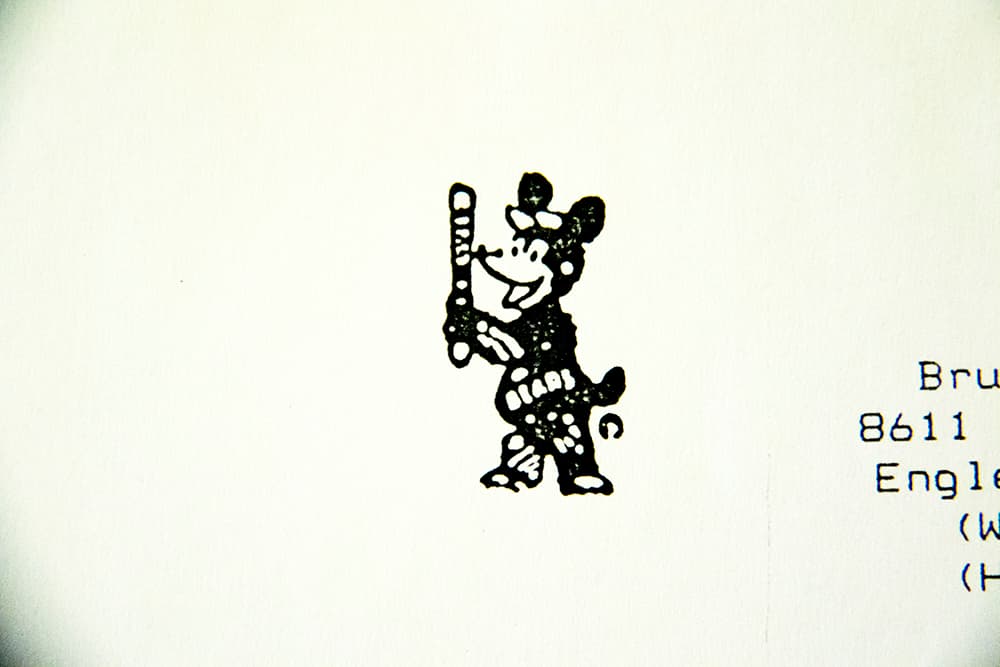

A mountain to match the Monstah
One series of conceptual art and explanation from artist Bruce Hellerstein describes a thin, tall outfield wall that peaks like a mountain. "Fenway has the 'Monster,'" he wrote. "Denver would have the 'Mountain.'" Hellerstein imagined such proximity to the intersection of 20th and Blake that passersby could catch home runs bouncing into the street or peer in through "knot holes" in the fence.
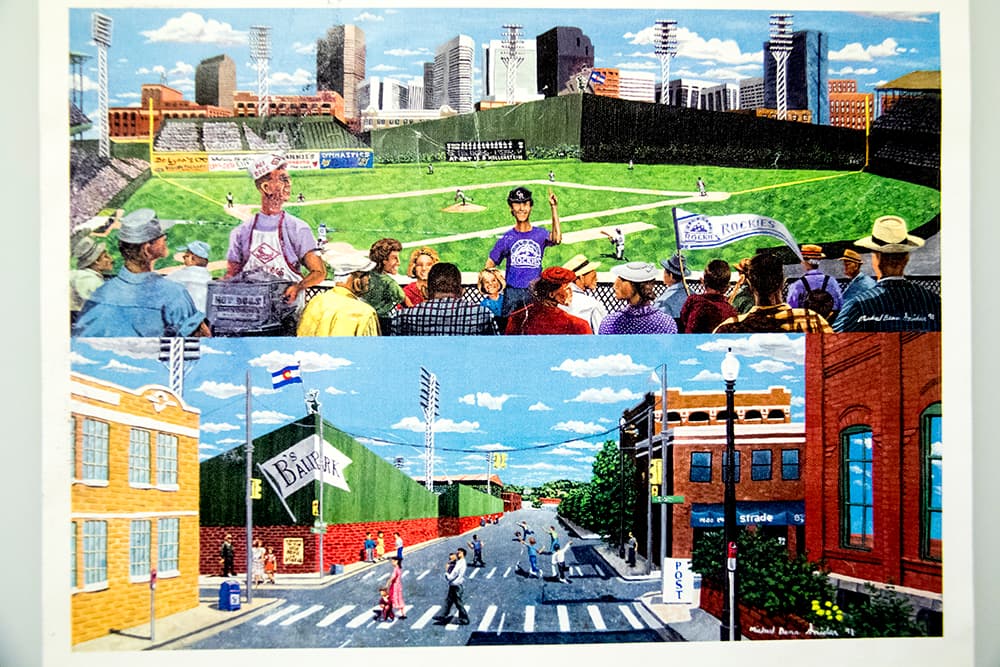
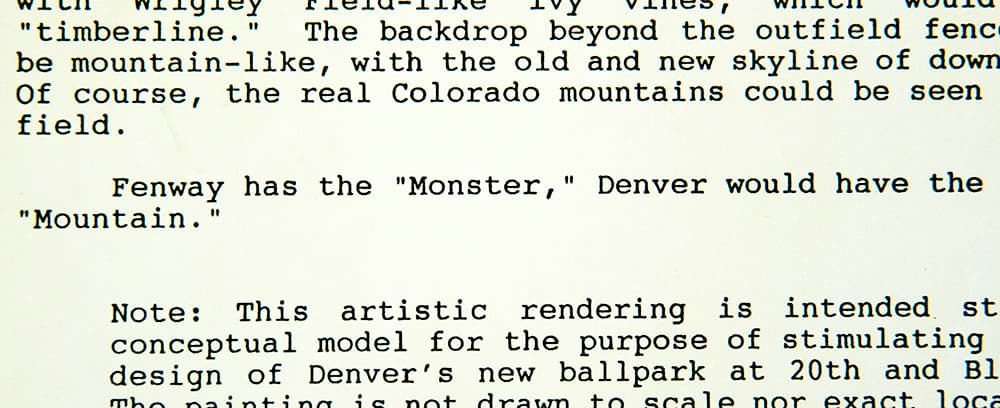

A photo of "The Babe"
Seydel did his homework on baseball's importance to Denver throughout its entire history. One such dive into the past revealed that Babe Ruth had once played in the Ballpark neighborhood. Merchants Field once sat at the intersection of Park Avenue and Broadway.
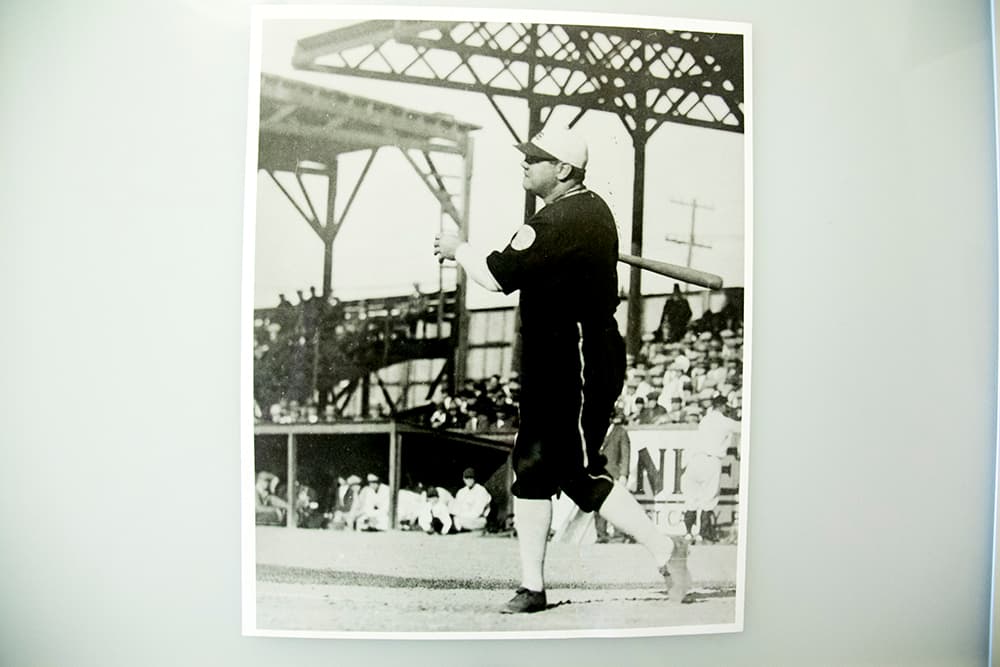
The Denver Denvers
An idealized imagination of baseball played in the dirt at 32nd and Larimer would apparently "serve as the design concept" for Coors Field. The team was called "The Denvers," and formed in 1885 when season tickets cost a whopping $5.

Stan the Rocks Fan
I have no context for this. It's about three feet tall and made of thick cardboard.

Union Park
These drawings of Union Park look like the real deal. The name changed for commercial reasons (like a friendly sponsor), but then again, calling it "Union" was strategic in itself. Seydel was more than a sports fan, he was an admirer and protector of Denver's past.
The Denver Metropolitan Major League Baseball Stadium District, the Lower Downtown Historic District and Denver City Council all wanted the new baseball stadium to go on the site that now houses the Pepsi Center. But Seydel, a graduate of East High School and CU Boulder, pushed hard to move the park.
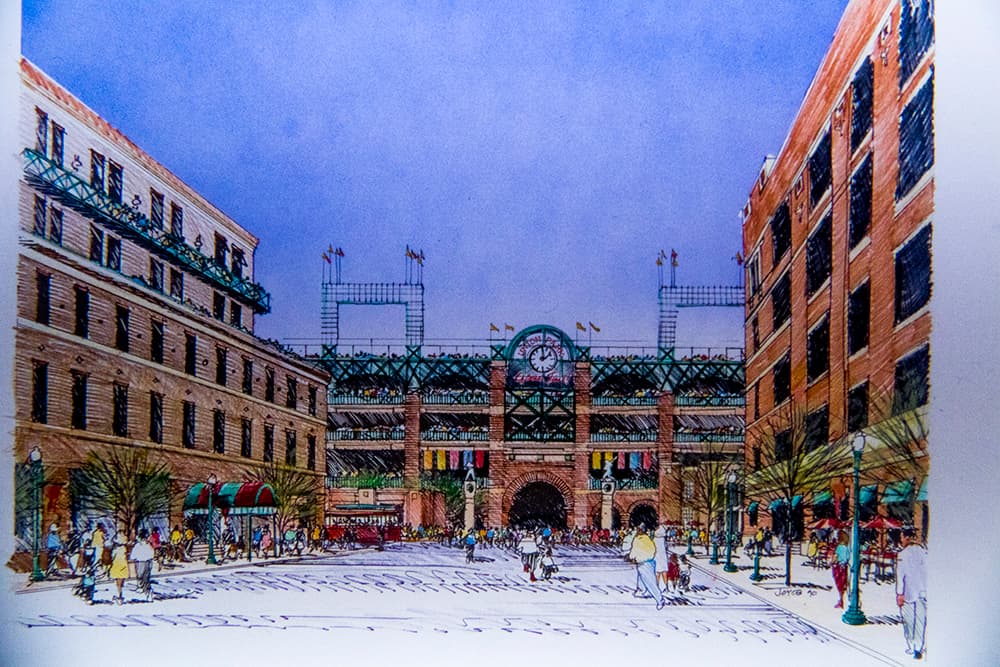
The historic (but perhaps underutilized) buildings in the area were on the verge of being razed for modern development. Seydel and fellow members of neighborhood groups like the Denver Partnership wanted to protect the area's history and make it an "attractive and prosperous historical area." Their effort came on the heels of another major push that transformed 16th Street into a pedestrian mall.
"Seydel," says the library's info page on his collection, "worked to ensure that viaducts, transit routes, sidewalk landscaping, and electric substations in the area reflected his vision for the neighborhood."
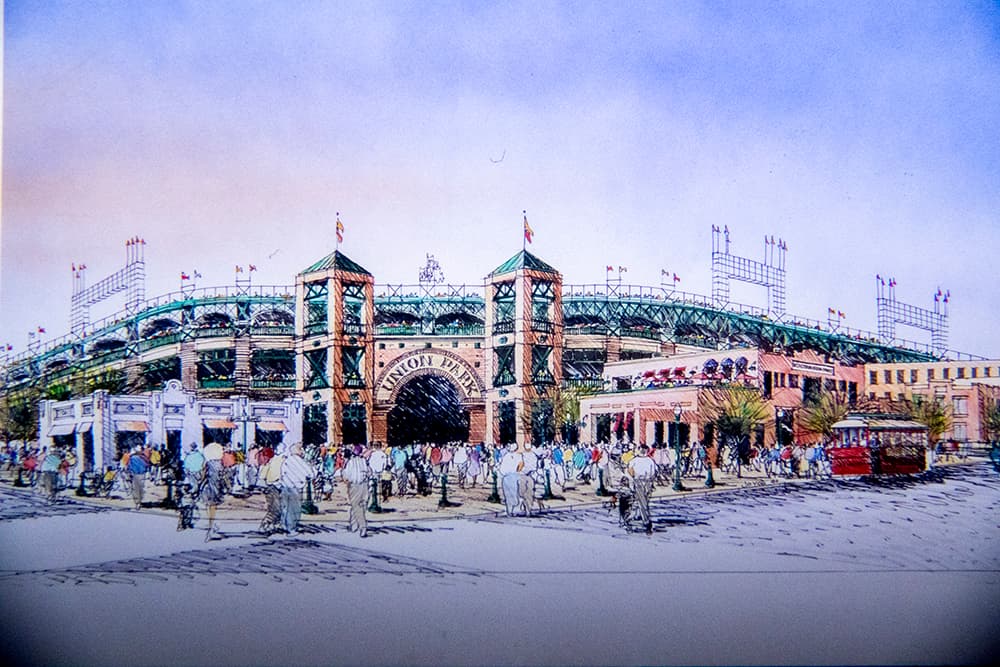
Aligning himself with the transformations taking hold along 16th Street and around Union Station, Seydel was able to find allies in his efforts. In 1991, the stadium district chose the current site at 20th and Blake streets for what would become Coors Field.
A poster of Union Park expanding before Union Station and a polished, modern city encapsulates his vision. Seydel calls it the "Field of Denver Dreams."
"If we build it," the poster says, "a baseball tradition will come."
